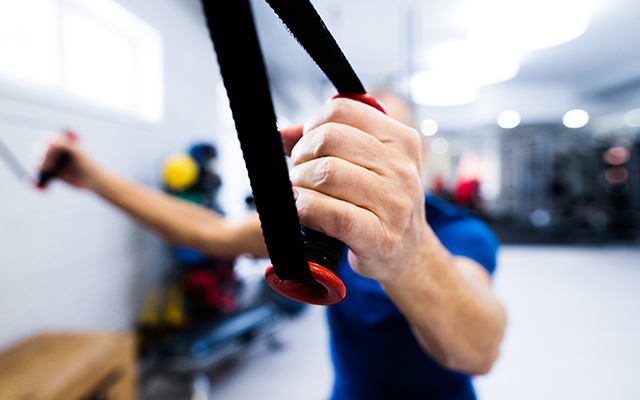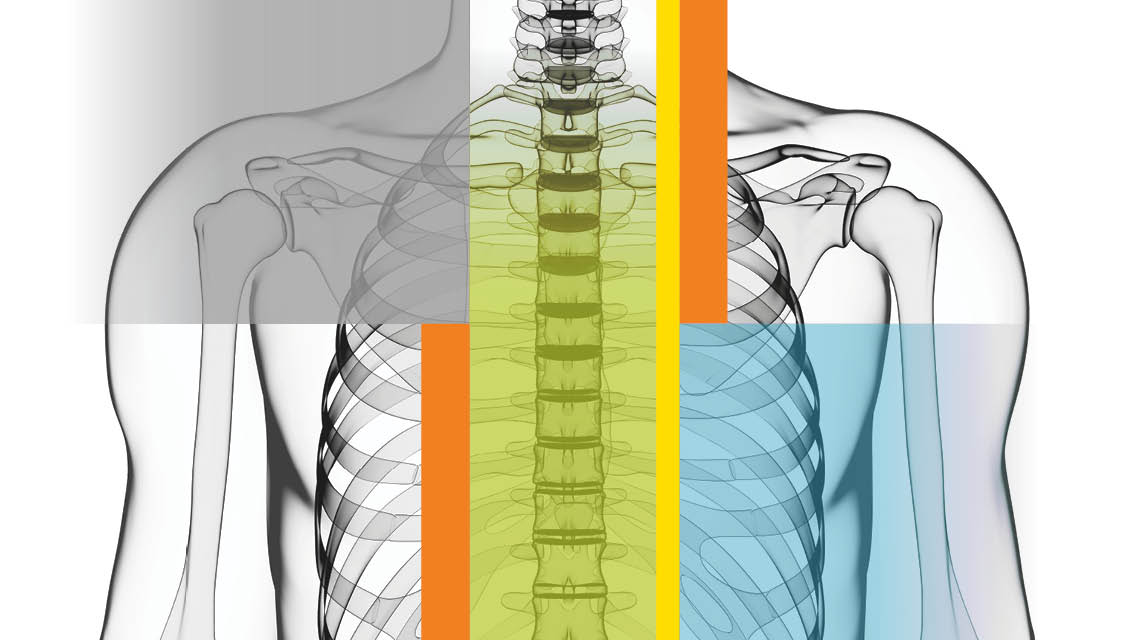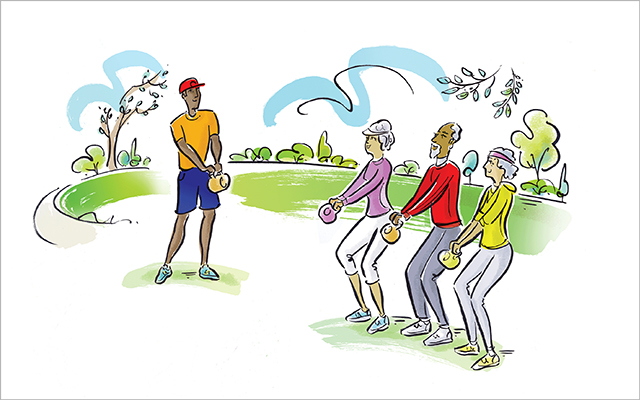About once a month, when I drive across town to pick up my old pal Leo for coffee, I’m treated to a fairly intimate glimpse of physical frailty. The other day, for instance, I watched as the 78-year-old poet and political commentator inched his way down the sidewalk toward the car, pulled open the door with great effort, and spent the next several minutes lowering himself into the passenger seat and carefully lifting his legs into place on the floor. After a couple of futile attempts at reaching the seat belt anchored just beyond his right shoulder, he allowed me to pull it around his torso and buckle him in for the ride.
Exiting the car is even more challenging, as Leo can’t easily summon the leg power necessary to rise from a sitting to standing position. It’s almost painful to watch. Finally inside the coffeeshop and settled at a table, I ask him how he’s doing. “Pretty good,” he says. “I’ve been doing a lot of walking.”
“Not on the icy sidewalks, I hope.”
“No,” he explains. “Just around my apartment. It perks me up.”
Our time together never fails to remind me of Leo’s encyclopedic knowledge of literature, politics, and history. He’s a raconteur of the highest order and a world-class mensch. But there’s something about seeing him struggle to move from point A to point B that inspires me to stick to my morning workout regimen.
It seems Linda Fried, MD, MPH, would agree.
Fried, dean of Columbia University Mailman School of Public Health, has been studying the physiology of frailty for nearly two decades and argues in a new paper that healthcare practitioners need to take a fresh look at how they treat the syndrome. Rather than focusing on distinct system dysfunction, such as metabolic, hormonal, or musculoskeletal issues commonly present in frail individuals, she and her research team recommend a more holistic approach.
“The physiology underlying frailty is a critically dysregulated complex dynamical system,” she writes. “This conceptual framework implies that interventions such as physical activity that have multisystem effects are more promising to remedy frailty than interventions targeted at replenishing single systems.”
The meta-analysis, published in the journal Nature Aging, suggests that targeting particular systems with pharmacologic remedies or tailored geriatric care, as is the current protocol, ignores the body’s complex dynamics — and dismisses the healing powers of exercise and social engagement. Because those activities have been shown to address all the system dysfunction (including chronic inflammation) found in frail people, Fried argues that it’s the most effective way to build resilience and improve strength and mobility.
“There is strong evidence that frailty is both prevented and ameliorated by physical activity,” she says in a statement.
I can’t quite imagine Leo giving up his blood-pressure meds in favor of cranking out some pushups or hoisting a kettlebell, but it’s clear that he understands the importance of moving his frail frame in whatever way he can. If that means traversing his book-strewn apartment at various points during the day, I’m sure it can’t hurt.
As I buckled him into the car for our return trip home, though, it occurred to me that come spring when his neighborhood coffeeshop reopens, I might want to encourage him to hike over there with me. It would take us a while to navigate the three-block journey, but it would at least spare him the trouble of getting into and out of the car.




This Post Has 0 Comments